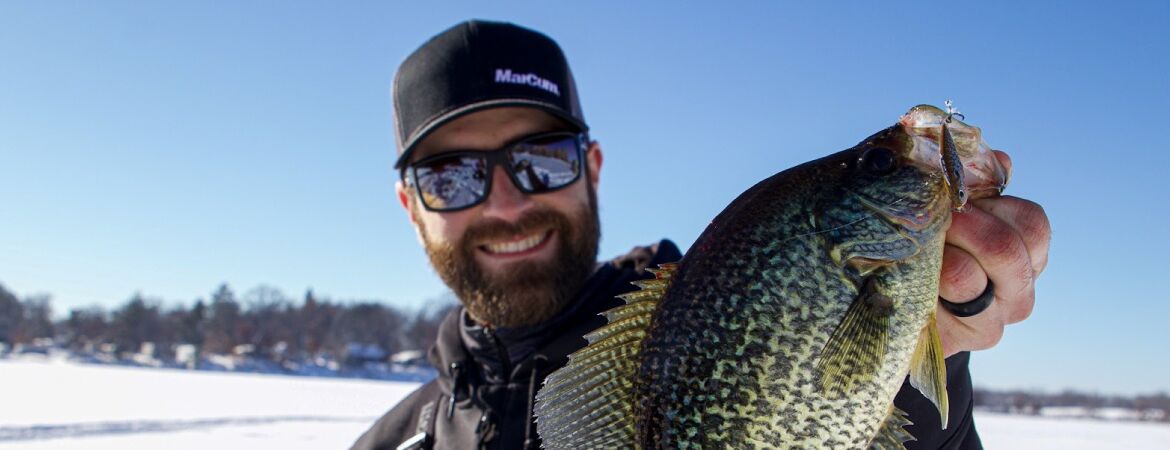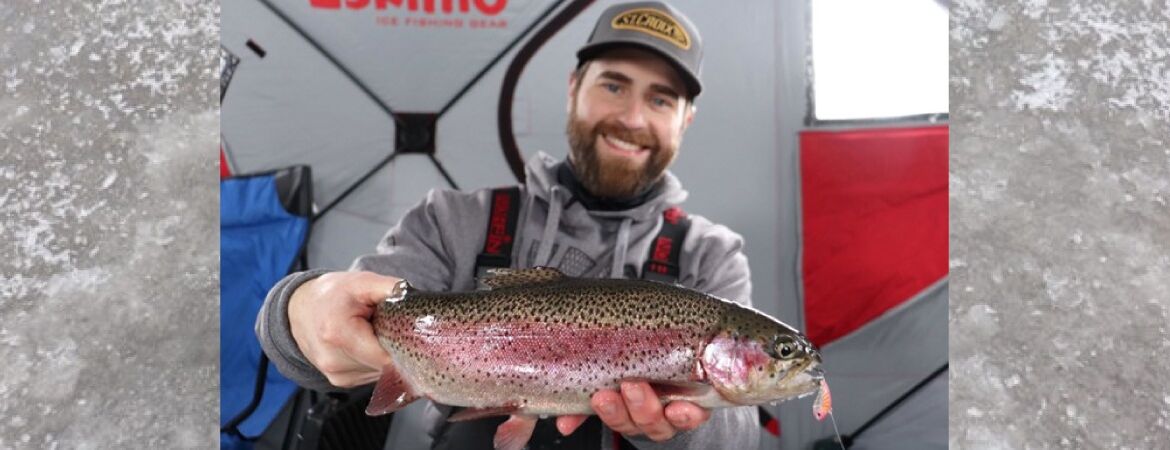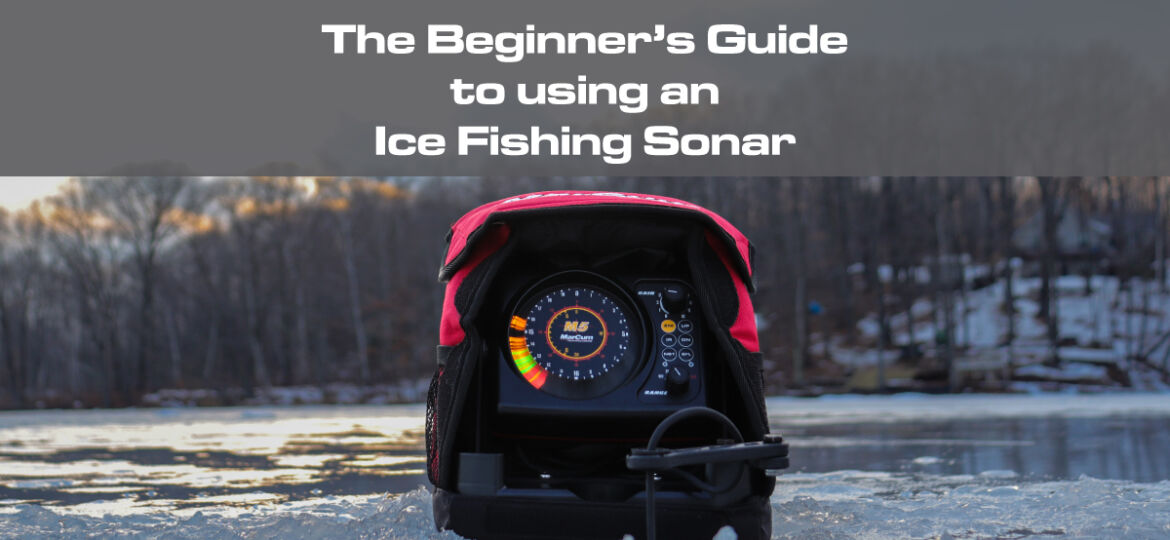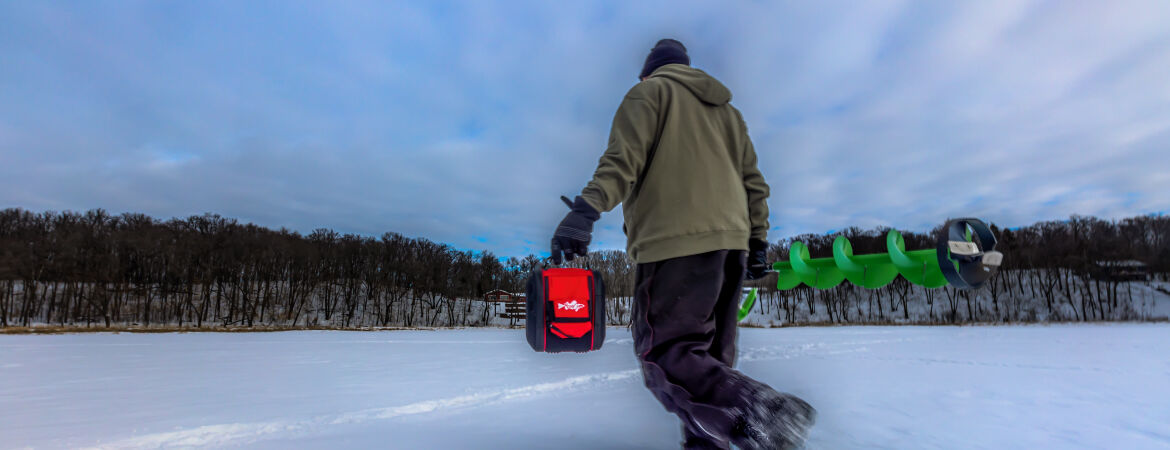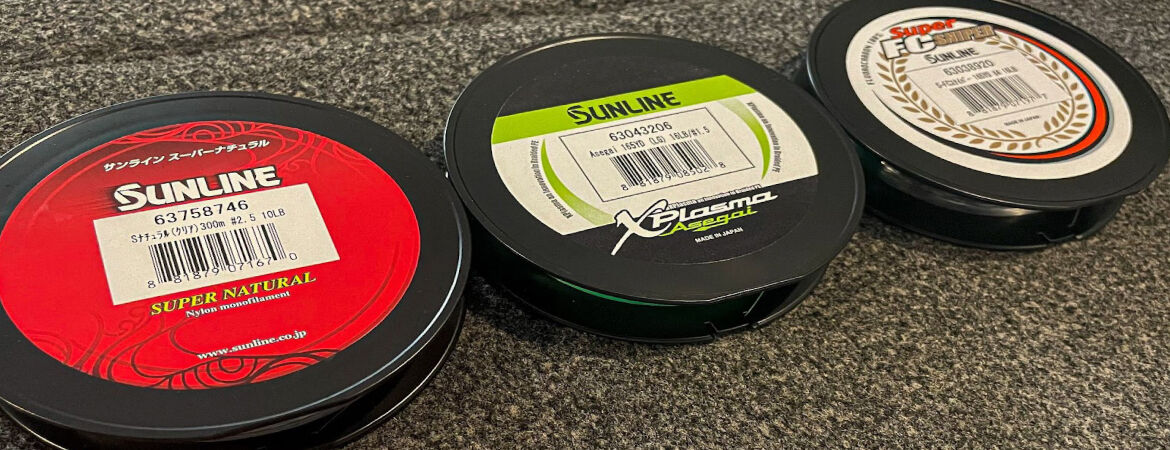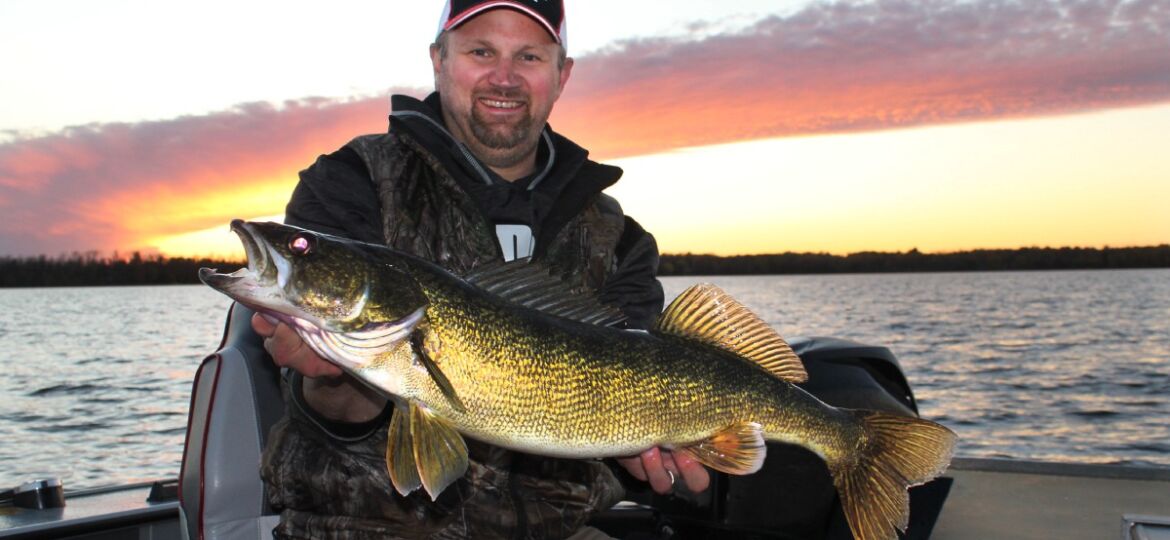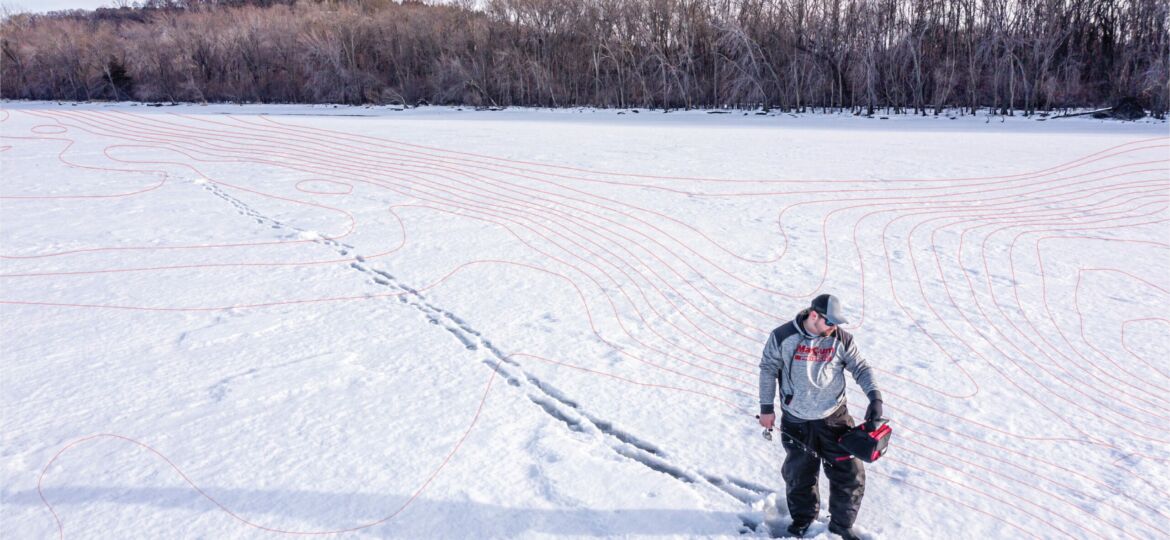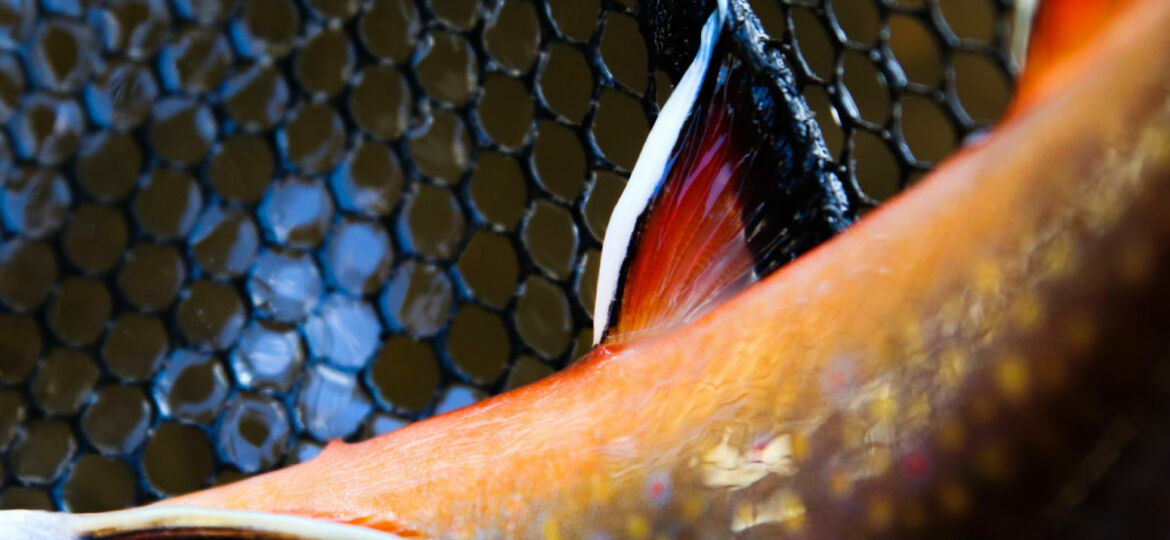There’s something special about a quality fish picture. Whether you plan to share it with friends, post it on social media, or simply keep it to yourself, it’s the perfect way to preserve those memories of a great day on the water. That being said, taking a decent picture isn’t always the easiest task. Thankfully, a little practice and some attention to detail can make all the difference. If taking better fishing pictures is a priority, the following notions should be valuable.
Panfish, walleyes and other game fish receive the lion’s share of angling pressure throughout the winter months – mainly because they are so accessible. Some of the more neglected targets during the ice season include stream trout species – rainbow, brook, and brown trout more specifically. Fortunately for ice anglers, states like Minnesota and Wisconsin put forth a great level of effort to ensure there are catchable trout opportunities available.
Stream trout are stocked across the Midwest in a variety of lakes and ponds. They are worthy adversaries for any ice fisherman and offer a unique experience. Determining the right combination of preparation, location, and presentation can lead to winter trout fishing success.
Being Mobile On The Ice. Technology has made it so much easier to move around on the ice. GPS, map…
Every year, a new set of anglers both young and old learn to use ice fishing sonar or flashers for the first time. That said, I encounter many anglers on the hardwater each year that still have their ice sonar depth finder on default factory settings from when they bought the unit 10 years ago. Whether you’re brand new to the game, or it’s old-hat, here are some answers to age old questions along with new ones to keep it interesting and catch more fish.
MarCum Technologies introduces the Roamer Case and Roamer Kit, the first releases in what MarCum calls its Signature Series products. Adorned with MarCum Red, our trade-dress, the Roamer takes mobility to a new level, with significant improvements over all other cases and shuttles on the market. By combining elements of a plastic shuttle and soft-pack in one case, MarCum has blended the benefits of both, checking boxes for both form and function along the way. As a standalone case, the Roamer equips flasher and battery owners with an ample sonar storage solution. As the full Roamer Kit, anglers get the case, a featherweight 12V6AH Lithium LiFePO4 battery, and proper charger to fit it, along with USB charging ports for extra power.
Fishing is full of choices. Walk into any sporting goods store or bait shop and you’ll find hundreds to potentially thousands of options for rods, reels, tackle and electronics. In some instances, making a purchase decision can seem like a no brainer, while other scenarios require a serious amount of deliberation. Regardless of your purchase decision, it’s important to evaluate the advantages and disadvantages for a given product.
Choosing the right fishing line is no different. With countless options on the market, it’s vital to understand the advantages and drawbacks for each major line category, as well as how they can help you or hurt you in specific scenarios.
Sports fanatics live for it. Athletes push all year for it. And anglers should continue to pursue their favorite species into the “post-season.” Fall can be just like that on the water, only a few have survived to make it this far. So both the fish and remaining anglers get all the attention and action.
Lakes and rivers are wide open for anglers and fish are feeding more heavily as winter is approaching. Not only does your chance at numbers of fish increase but also the chance of catching your biggest fish of the year. Pike, Bass, Walleye and panfish will all be more apt to hit your offerings. As the water cools it tends to bring fish shallower as baitfish often times will be there as well. Prior to the proverbial “turnover” is the best time to be out on the water.
Many times, these locations are consistent producers during all months, yet others are specifically good for ice and not during the bulk of the open-water period. The latter types include shallow transitions from mud to sand, or sand to rock, as well as small gravel or rock patches marooned again in shallow weeds or non-like surrounding substrates.
Early ice fish push to these places, especially after sundown in clear-water systems. Spots that are no larger than a kitchen table can seem impossible to drill out and find, while they stick out like a sore thumb once you drop the camera needed to discern sand grains from gravel.
Basic sonar technology is a great asset to ice anglers during the summer and fall months, as few things hide from it, even in heavy weed cover or timber. Even if you don’t own this technology, chances are you know someone who does, or better yet, invest in a unit that does both sonar and GPS so your ice spots will transfer to summer and vice versa. Spend time getting to know the system in either case, and make sure to idle at the proper pace to provide the very best image you can.
The dog days of summer and that’s your green light to grab your MarCum flasher or digital system from the garage and give it a once over and top off the battery.
The first step in your pre-season routine should be checking your batteries. Most flasher failures on the ice are caused by a bad battery, so now’s the time to inspect your MarCum’s power source.
“You could be kicking yourself later if you don’t take a minute to check everything out now,” says MarCum Pro-Staffer, Joel Nelson. “Nothing will wreck a good day of fishing faster than a bad battery, because there’s nothing you can do about it out on the ice.”
Walking and wading quietly are vital aspects to success. Think Navy Seal-esque stealthy when you hit the bank. Be cognizant of shadows to go undetected to roaming trout. Task yourself to make long, precise casts to avoid spooking fish.
Minnesota and Wisconsin alone have more than 15,000 miles of trout streams. With so much trout water to cover, mobility is crucial for continued success. Don’t waste too much time in one area. A few casts per spot is all that is necessary. If limited success ensues, then it’s time to keep ‘er moving.
Trout will hold in a variety of areas depending on the stream and the conditions. Common areas that will often congregate fish include deep holes or pools, current seams, and log jams.


